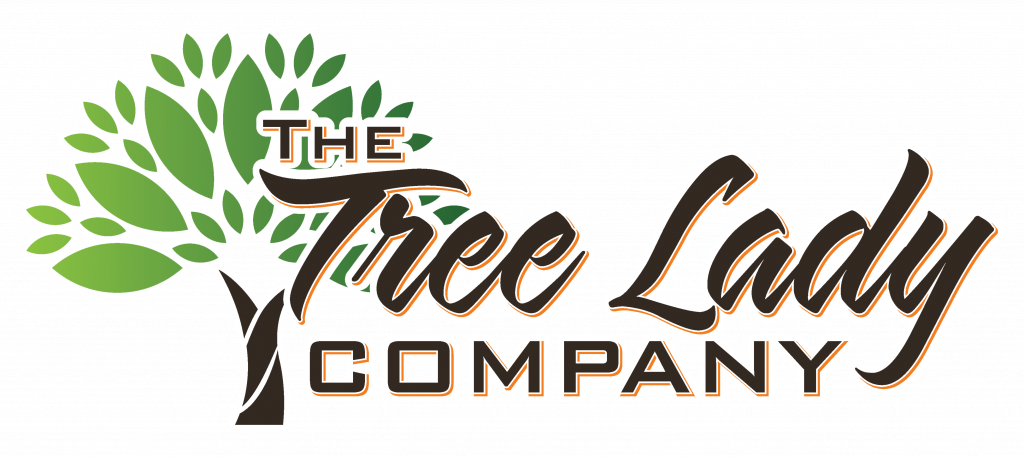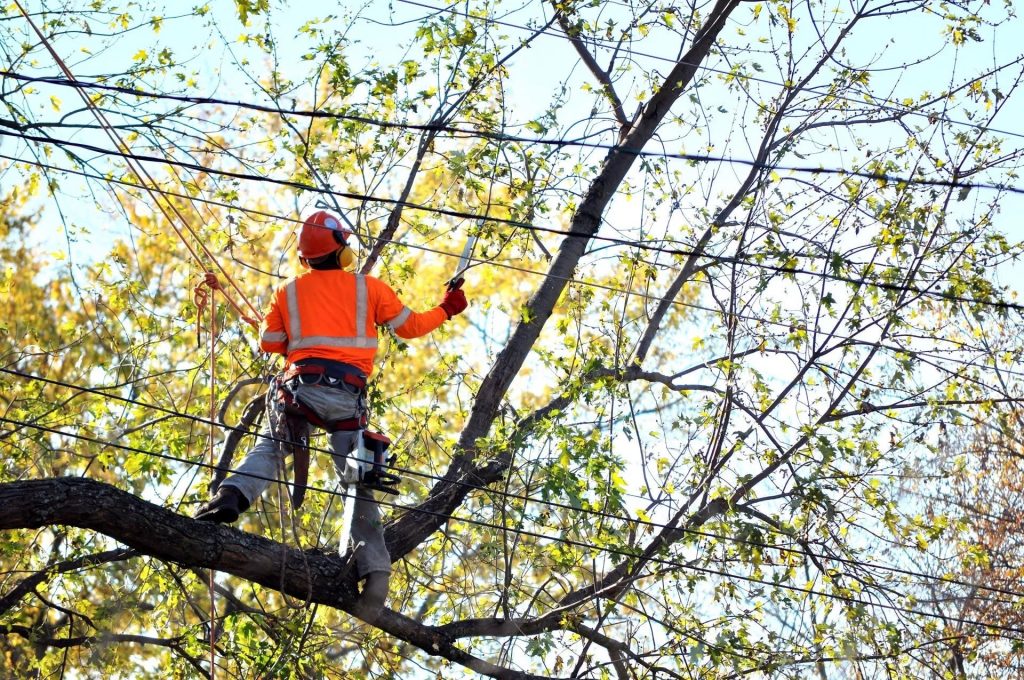1. Improving Structure
Two identical seeds will grow in completely different ways depending on their surroundings. Have you ever wondered why forest trees don’t require pruning, but urban trees do? This is because forest trees grow as part of a grove where they have limited space, wind, and/or light exposure. This fight for sunlight encourages a tree’s most important structural asset: a single dominant leader. In Urban settings, we tend to plant single trees. These trees receive an unnatural amount of light, water, and fertilizer, and they typically have much more room to spread out. The plethora of resources allows outer branches to elongate into the sun, creating co-dominant limbs and reducing structural integrity. Pruning may be required to correct and maintain good structure.
2. Raising for Clearance
When low branching trees are planted in locations where there are structures, vehicles, or active humans, raising may be needed to allow for clearance. Raising is the reduction or removal of low-hanging branches. Customary clearance requirements are 6 feet over structures, 10 feet for pedestrian foot traffic, 13 feet over parking areas, and 16 feet over streets. Of course, needs may vary greatly by property.
3. Canopy Reduction
Sometimes trees outgrow the location in which they’ve been planted and may require canopy reduction. This is a slightly more drastic form of pruning for clearance of structures, power lines, and other utilities. It is always best to reduce limbs back to lateral branches that are large enough to assume the terminal role. Unfortunately, this ideal cut isn’t always possible. If no other options are available, reducing a limb back to a bud is preferable to topping your tree. Knowing the right cuts to make is crucial for tree health and stability. This is why it is always best to leave tree care to a certified arborist!
4. Reducing Density
In some cases, it may be necessary to thin the outer canopy of a tree to allow for wind and light penetration. It is imperative to thin only the outer 20% of the canopy and never the interior. Reducing interior branches weakens a tree’s structure, changes a tree’s natural architecture, and reduces a tree’s moisture uptake, water release, and food production capabilities. This increases end weight and encourages branch failures in normal weather events.
5. Cleaning the Canopy of Deadwood
Not only is deadwood unsightly, but it can also be high risk. Deadwood that is two inches in diameter or larger should be removed as it may cause property damage or injury when it falls.
6. High-Risk Trees
When trees get old or suffer damage caused by past pruning or severe weather events, they have the potential to become high-risk trees. Though tree pre`servation is our primary goal, we realize that high-risk trees must be removed. Tree removal is a dangerous job that requires the knowledge of skilled professionals. Our industry puts forth safety standards to protect both industry workers and homeowners from unskilled laborers. According to ArboristsNearMe.com, about 82,000 businesses are active in the tree service industry in the U.S. right now. Never hire a company that chooses not to follow ANSI A-300 standards for tree care and ANSI Z-133 for safety!

